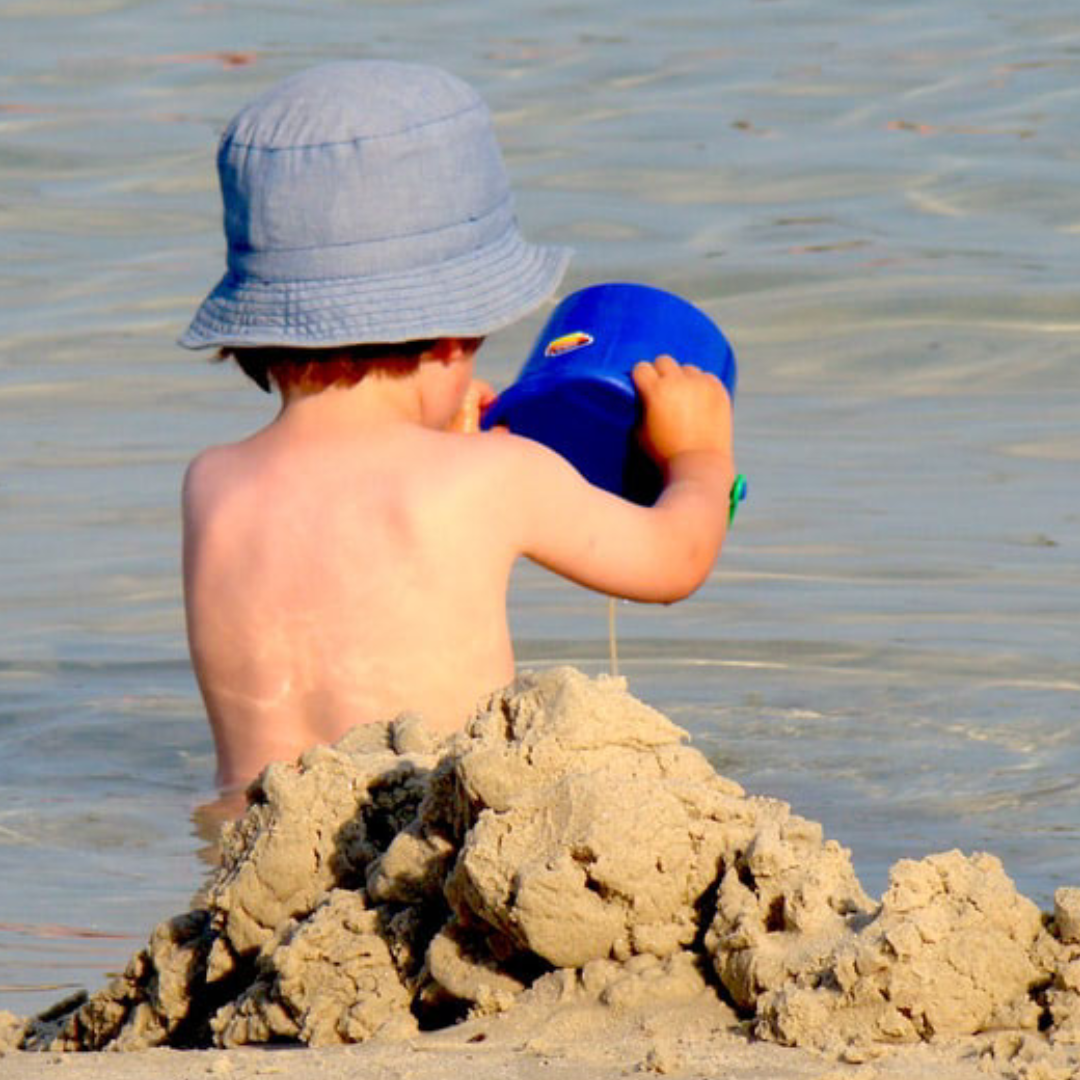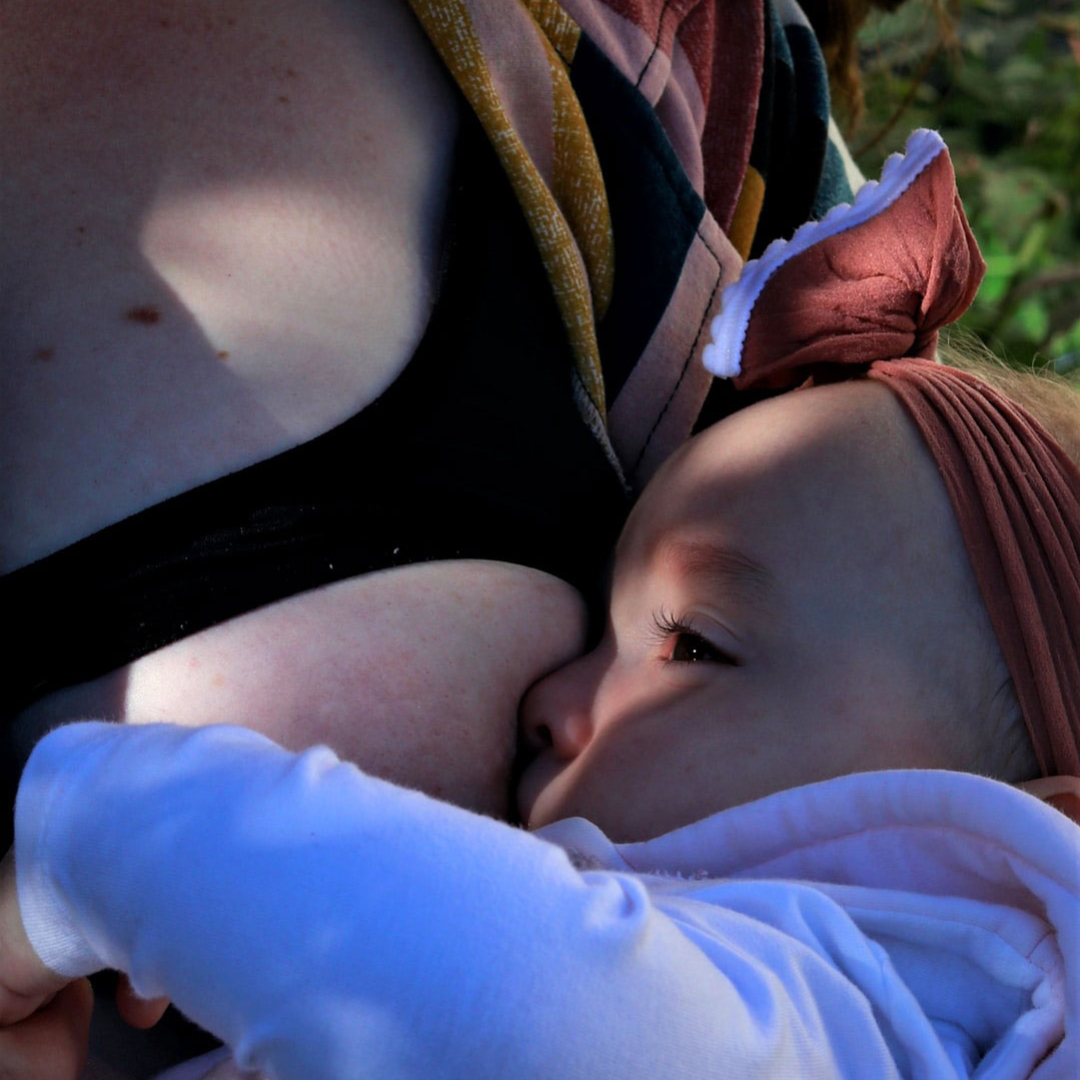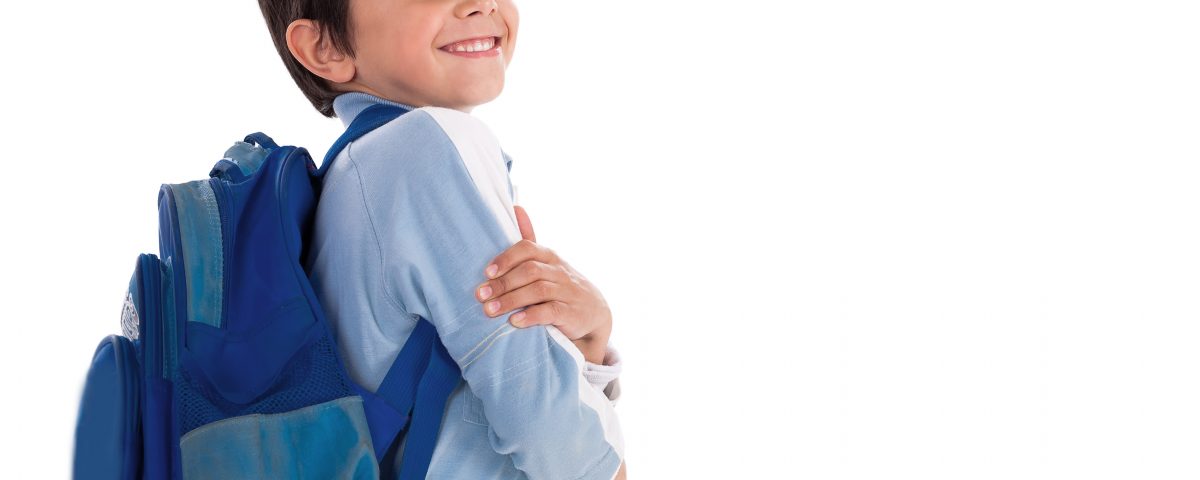
Summer Water Safety: Protect Your Infant from Drowning
June 21, 2020
The Benefits of Breastfeeding Your Baby
August 12, 2020Many parents may be wondering how their children can return to school safely during and after COVID-19. While it is clear that many children learn best when they are physically in school, returning to school needs to be taken seriously and meticulous steps must be taken to keep students and staff safe.
Why School is so Important for Children:
Schools go beyond just a learning space for children and adolescents. Along with learning the necessary math and reading skills, children receive exercise and learn emotional and social skills from going to school. A school is also a place where children have support, access to the internet, daily meals, and more. Some of these benefits that children receive in a school environment are not given in their homes.
While the American Academy of Pediatrics (AAP) has stated that children and adolescents appear less likely to become infected with COVID-19 or spread it, it is still important for parents, teachers and health care professionals to take extra precautions, especially when it comes to returning to classes.
Steps for Returning to School:
There are a variety of steps that schools should take when returning to classes. These steps include:
- Taking temperatures and testing: Most schools cannot provide COVID testing for all of their students and taking students temperatures has its discrepancies as well. Schools need to establish ways to identify students who have symptoms of an illness or have a fever. Schools may benefit from Frequently reminding students and staff to stay home if they feel ill, have a fever of 100.4 degrees or higher, or have been exposed to someone who has tested positive for COVID-19.
- Social and Physical Distancing: The goal of preventing the spread of COVID-19 is to stay six feet apart. Staff members who are more likely to contract COVID-19 should stay a full six feet apart from students and other staff members. Staff should not have in-person meetings and always wear a mask or cloth face covering.
- Cloth Face Coverings and Frequent Hand Washing: Staff and adults should always wear a mask or cloth face covering. Both students and staff should practice good hand hygiene and frequently wash their hands. While there are vast differences in how preschool, elementary and secondary students handle wearing masks and staying six feet apart, there are varying options. Preschool and elementary students who do not touch their mouths or noses often, can benefit from wearing a cloth face covering. Students in secondary schools should wear cloth face coverings or masks and practice social distancing.
- Limit Student Interaction: Rather than sending students to change classrooms, have teachers float among classrooms to avoid busy hallways during passing periods.
- Have in-class Lunches: Having in-class lunches avoids crowded lunchrooms.
- Clean and disinfect: To properly disinfect and sanitize classrooms, teachers should follow CDC guidelines at all times.
Crowded Spaces:
Hallways, playgrounds, and buses are all spaces in schools that become crowded and can potentially expose children to COVID-19. To help prevent the spread of the virus in crowded spaces, schools can:
- Mark hallways and stairs with arrows to minimize the amount of crowding in hallways.
- Encourage students who have access to a ride, to use that option. For students who can only take the bus, they should have assigned seats and be required to wear a cloth face covering.
- Students should be allowed to have time for outdoor activities, as long as they are in small groups and everyone remains six feet apart.
Students with Disabilities:
Transitioning back to school after not having instruction time, occupational therapy, speech therapy, or mental health services can be very challenging for students with disabilities. Schools should always follow a child’s Individual Education Program before and after they return to school and continue providing services, even if they have to continue distance learning.
Catching up:
Distance learning can make some students feel pressured to catch up if they have not learned much through virtual classes. Schools should prepare to adjust their curriculum and make up for lost progress while balancing core subjects, physical education, and learning experiences.
Healthy Meals:
More children may qualify for free or reduced lunch than before the pandemic. For this reason, schools should provide meal programs.
High-risk Students:
Students who are at high risk of getting COVID-19 may need to continue distance learning. Parents should communicate with their child’s teachers and pediatricians to stay as safe as possible.
Immunizations:
Students should stay up to date with immunizations when returning to school. To reduce the spread of influenza this fall and winter, students and staff should get their flu shot.
Returning to school during COVID-19 may take some getting used to. Making sure that students have the proper resources, practicing social distancing, and having a safety plan can help protect students, staff, teachers, and families.





